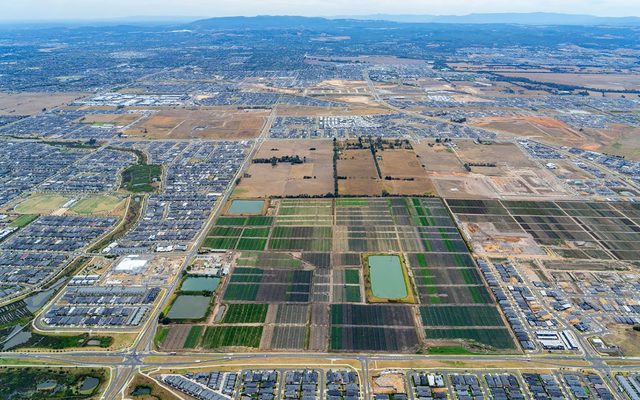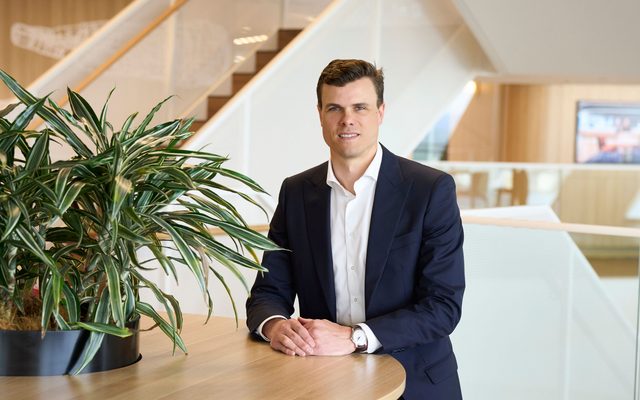This article is from the Australian Property Journal archive
AUSTRALIA faces the impossible task of finding 90,000 extra tradies to meet the ambitious National Housing Accord target of delivering 1.2 million new homes over the next five years.
BuildSkills Australia, tasked by the federal government to gather insights from workers, unions, and government to address skill shortages, estimates the government would need to build 60,000 homes each quarter from July, when the National Housing Accord official begins – a target it won’t meet, and would need to make up for in later quarters.
Speaking on Sunrise yesterday, Master Builders Australia CEO Denita warn said, “It sounds unrealistic. It probably is.”
“It needs to be raining tradies. We desperately need more people.
“The clock starts ticking on 1 July and we’ve got a huge, huge issue to resolve and we’re working hard to try and see if we can at least alleviate it by a certain number, but I don’t think we’ll ever meet 90,000.”
Economists and analysts doubted the possibility of reaching the 1.2 million homes target shortly after the Accord was struck. The Urban Development Institute of Australia is predicting that just 79,000 new homes will be finished in 2026 – the lowest level in over a decade.
BuildSkills said the labour resources to build the homes will be further drained by major state and federal including Western Sydney Airport, Melbourne’s suburban rail loop, and Defence building.
Australia’s housing crisis has become all the more difficult to solve amid a surge in population, with Australian Bureau of Statistics data showing an annual natural increase of 111,000 and net overseas migration of 548,800 in the year to the end of September.
That migration figure could hold a key to recruiting a large number of tradies.
“We know that there are a large number of tradies in this country that can’t get their licences recognised, it’s too expensive and too cumbersome for them,” Wawn said of skilled migrants that were already in Australia.
“So, we’ve got to focus on those who are currently in the country, but their skills aren’t recognised.”
More Australians would need to be trained, and the industry would need to start “calling back” those who had left the profession, Wawn said.
The industry would need another 500,000 Australians over the next three to five years to meet demand and replenish the ageing workforce, she told The Sydney Morning Herald.
BuildSkills modelling expects a 40% shortfall in labour by 2040.




